Your cart is currently empty!
Discover the Enchanting World of Calla Lilies: A Comprehensive Guide
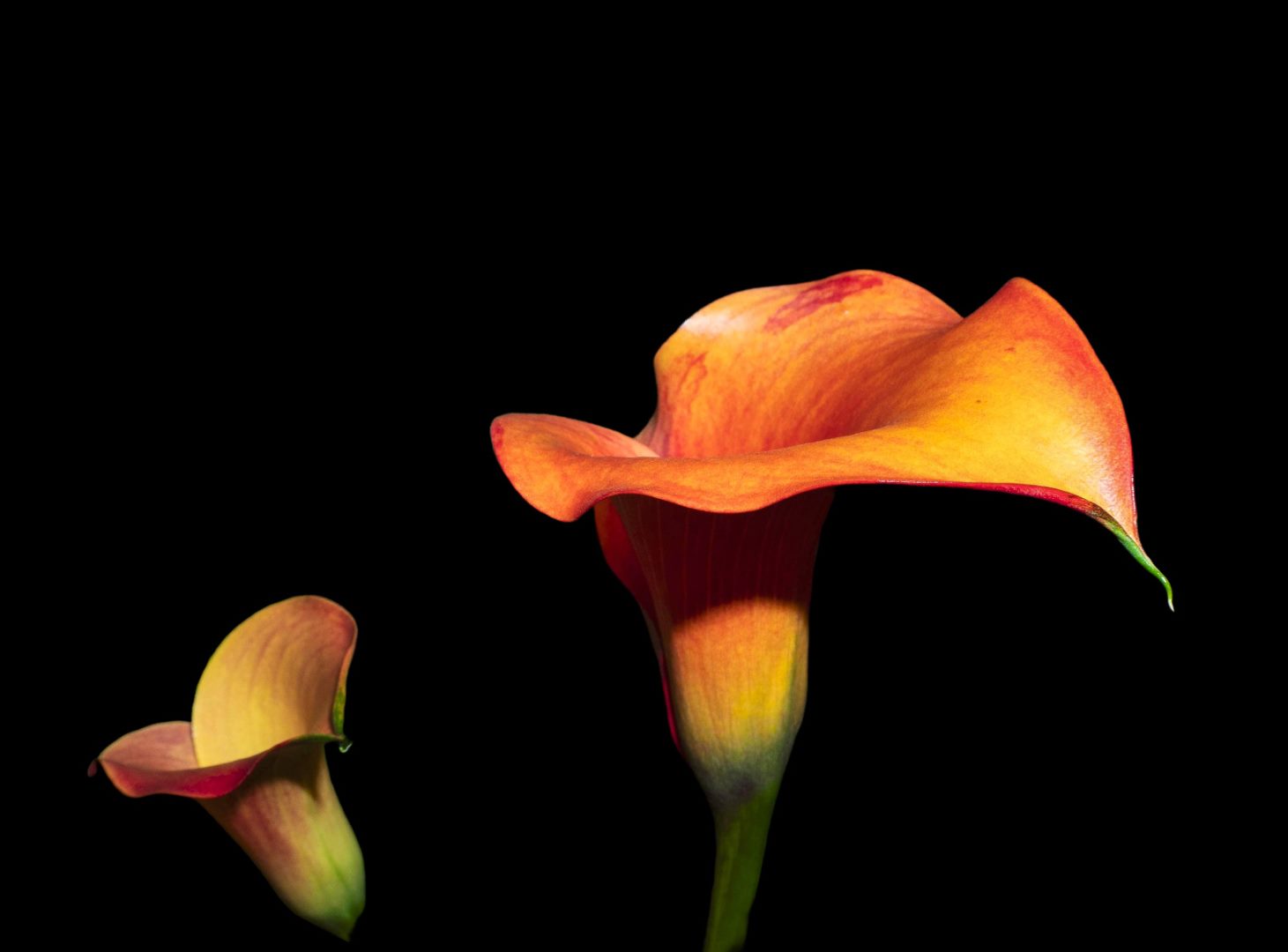
Introduction
Calla lilies, with their elegant trumpet-shaped blooms and vibrant foliage, are captivating additions to any garden or indoor space. Their unique beauty and adaptability have made them popular flowers for centuries, delighting gardeners and flower enthusiasts alike. In this comprehensive guide, we will delve into the captivating world of calla lilies, exploring their diverse types, cultivation practices, and captivating uses.
Types of Calla Lilies
Zantedeschia aethiopica
Commonly known as the white calla lily, Zantedeschia aethiopica is the most widely recognized species. It features stunning white blooms with a long spathe (trumpet-like structure) and a yellow spadix (center spike). Its lush green foliage adds a touch of sophistication to any setting.
Zantedeschia elliotiana
The yellow calla lily, Zantedeschia elliotiana, boasts captivating yellow blooms that stand out against its deep green foliage. Its spathe is shorter and broader than that of Z. aethiopica, creating a unique and eye-catching display.
Zantedeschia rehmannii
Zantedeschia rehmannii is the pink calla lily, renowned for its vibrant rose-colored blooms. Its spathe is funnel-shaped and slightly ruffled, giving it an exquisite and delicate appearance.
Zantedeschia albomaculata
The spotted calla lily, Zantedeschia albomaculata, is a captivating species with white blooms adorned with dark purple spots. Its spathe is characterized by frilly edges, creating a dramatic and eye-catching display.
Miniature Calla Lilies
Miniature calla lilies, such as ‘Little Gem’ and ‘Pixie Flame,’ are ideal for indoor containers and compact gardens. These petite varieties produce smaller blooms in a range of colors, including white, yellow, and pink.
Cultivation of Calla Lilies
Light and Soil Requirements
Calla lilies prefer bright, indirect light and well-drained soil rich in organic matter. They can tolerate partial shade but may produce fewer blooms.
Watering and Feeding
Keep calla lilies moist but avoid overwatering. Water deeply and allow the soil to dry slightly before watering again. Fertilize regularly during the growing season with a balanced fertilizer.
Temperature and Humidity
Calla lilies thrive in warm temperatures between 60-75°F (16-24°C). They prefer moderate to high humidity levels, which can be increased by misting or using a humidifier.
Dormancy and Storage
After blooming, calla lilies enter a dormant period. Reduce watering and allow the foliage to die back. Store the bulbs in a cool, dry place until spring.
Uses of Calla Lilies
Cut Flowers
Calla lilies are highly prized as cut flowers, offering long-lasting blooms that can brighten up any arrangement.
Landscaping
Calla lilies make stunning additions to borders, containers, and water gardens. Their vibrant blooms and lush foliage create a captivating display.
Floriography
In the language of flowers, calla lilies symbolize rebirth, purity, and elegance. They are often used in wedding bouquets and other special occasion arrangements.
Conclusion
Calla lilies are captivating flowers that offer a wide range of types and uses. Their elegant blooms, vibrant foliage, and adaptability make them ideal for gardens, indoor spaces, and floral arrangements. By understanding the different types of calla lilies and following proper cultivation practices, you can enjoy the beauty and enchantment of these captivating plants for years to come.


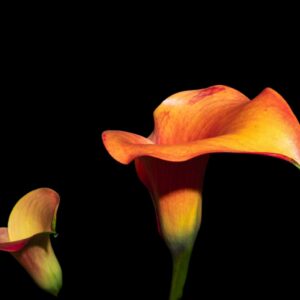
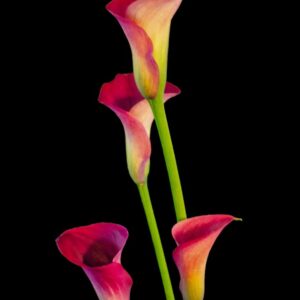
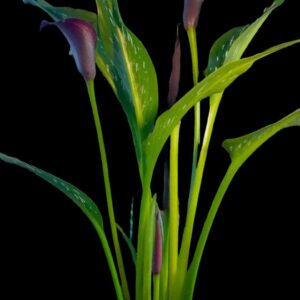

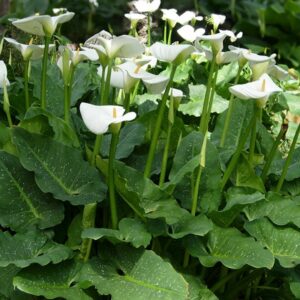
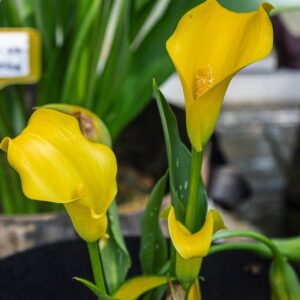
Leave a Reply